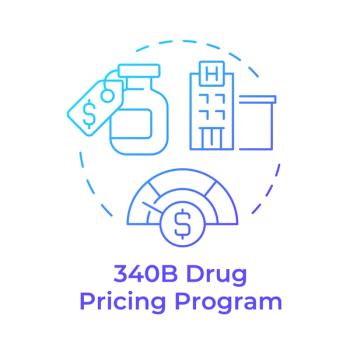
Why Better Data and Awareness Matters for Medicaid Work Requirements
With policymakers considering work requirements for Medicaid eligibility, Jennifer Haley, principal research associate in the Health Policy Division at the Urban Institute, said it’s more important than ever to understand how those changes could unintentionally cause harm, particularly when data systems fall short and public awareness is limited.
Jennifer Haley, principal research associate in the Health Policy Division at the Urban Institute, has spent much of her career examining how Medicaid policies affect families, especially those in vulnerable situations.
With policymakers considering work requirements for Medicaid eligibility, Haley said it’s more important than ever to understand how those changes could unintentionally cause harm, particularly when data systems fall short and public awareness is limited.
“Many state Medicaid programs don't have high-quality data on enrollees’ race and ethnicity, and so that would mean they wouldn't be able to accurately monitor whether work requirements or other policy changes are causing some groups to lose coverage more than others,” Haley said. “This could be especially true of some of the smaller racial and ethnic groups who often get aggregated together.”
She noted that in prior research, including during the COVID-19 pandemic, much of this data that has been collected has hidden disparities in disease burden and access to care.
Related:
Those same gaps could make it harder for states to recognize if specific groups are losing coverage due to new policy requirements, including policies that require folks to work or report work to keep benefits, she added.
"Some of the processes for navigating something like a work requirement really requires understanding a policy, being able to communicate with the state about exemptions or compliance," Haley said, highlighting the burden these systems can place on enrollees.
Another at-risk group under work requirement proposals is new mothers.
While many policies include exemptions for pregnant or postpartum women, those definitions vary widely from state to state, Haley said.
Some proposals include all parents of minor children, others only parents of young children and some only primary caregivers.
She said these different proposals could create confusion and coverage risks.
“There’s really been a lot of variation in terms of how that group would be treated under work requirements,” she said. “Sometimes it’s all parents of minor children. Sometimes it’s just parents of younger children. Sometimes it’s just a primary caregiver.”
One form of protection now available in 48 states for these groups is the postpartum Medicaid extension, which guarantees 12 months of coverage after delivery.
While that’s an important protection, Haley’s research shows that many women are unaware of the extension and may not know how work requirements intersect with their eligibility.
Haley said lack of awareness can create further confusion and lead to unnecessary coverage losses, especially at a time when continued access to care is critical.
The postpartum period is a particularly sensitive one. Most pregnancy-related deaths occur during this time, and the majority are preventable, she said.
Requiring new mothers to navigate complex rules or paperwork to keep their insurance can be a serious barrier to care.
Haley also mentioned that Medicaid coverage loss doesn’t just affect its users.
“Even if postpartum women were excluded from work requirements, but their partners, for instance, might be a risk of coverage loss,” she said. “We know that if any member of a family loses coverage, that really puts everyone in the family at risk of more financial instability and the person not getting the care they need.”
As lawmakers explore changes to Medicaid policy, Haley’s work highlights the importance of clear data that could support policies such as work requirements and introduce more understanding among those that the requirements affect.
Newsletter
Get the latest industry news, event updates, and more from Managed healthcare Executive.






















































